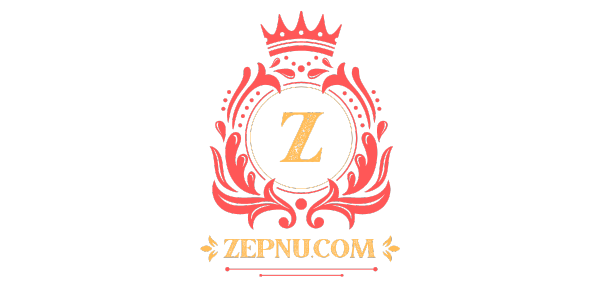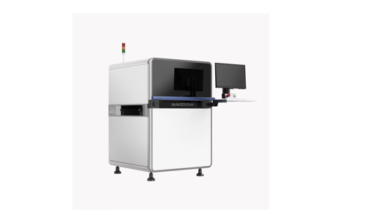The Ultimate Guide to Cloning in Photoshop

Photoshop’s wide array of cloning tools is the cause of many of the absolute best and worst works created with the application. In a skilled and experienced hand, these tools lead to phenomenal results. In the hands of a careless artist, Photoshop cloning can be disastrous to the credibility of the result. This article introduces the several cloning tools available in Photoshop and goes over the proper usage and best practices of each.
The Clone Stamp Tool
The Clone Stamp tool is the oldest and most widely known of the cloning tools. The basic concept is that you duplicate certain portions of an image using a source, destination and brush.
To clone out the name on the tombstone above, you would select a source that shares the texture of the area you want to replace. In this case, the area around the words provides an ample source of stone texture from which to clone.
The first setting you’ll want to familiarize yourself with is for the brush. Photoshop does not restrict cloning to a basic default brush. Instead, it allows you to use any brush you want, allowing you to create an unlimited number of effects. In the example above, and in most cases in fact, a small to medium-sized round soft brush gives the best result.
Basic Settings: Adjustment Layers
The final basic setting (the circle with a diagonal line through it) lets you decide whether the clone stamp tool should sample adjustment layers when cloning. Adjustment layers, such as Hue/Saturation and Levels, are meant to be a non-destructive way to change the appearance of layers. So, you can make drastic changes to a layer or group of layers without destroying the original pixels.
Because of this, turning on Ignore Adjustment Layers When Cloning is almost always a good idea. This allows you to clone the original image, which can then be affected by an ever-changeable adjustment layer. If you do not choose to ignore the adjustment layer, the adjustment becomes permanent in the cloned areas.
The Spot Healing Brush
As you can see below, the Spot Healing Brush tool is located under the Eyedropper tool and above the Brush tool, and it can be accessed quickly by hitting J on the keyboard.
The Spot Healing Brush is by far the simplest cloning tool in Photoshop. With little to no experience, you can repair small areas of an image. The secret to using the tool is in the name: Spot Healing. The tool is intended not for large areas of replacement, but rather to remove little unwanted spots, such as a scratch on an old photograph or a mole on a person’s face.
To use the tool, simply hover over the area you want to replace and click once. Photoshop does all the work by examining the pixel data around the spot and seamlessly integrating the data into the destination.





